Such a question will no doubt be met with cries of “What is this woman on about?” And justifiably so. New Zealand’s current stock of architectural heritage is thinly spread, under-researched, under-resourced, largely uncared for and still struggling under the weight of a nineteenth-century bias. It survives, it could be argued, from recession to recession; a tempered, stagnant, or backward economy countering the illogics of progress, where signals of the past are often substituted for fostering an economic culture.
Preciousness, taonga, city council heritage officers, the NZHPT and the MCH are surely the answer to fighting the battle, if not the war, waged constantly on architectural heritage.
Well maybe not, and I’m suggesting such a view after witnessing a celebration of heritage over this last Easter weekend at the Classic Cover 2009 NZHRA National Hot Rod Show no less. Who would have guessed? Not me for sure … but deep within the recesses of one of Wellington’s Worst Buildings (the TSB Arena, Queen’s Wharf – designed by Immediate Past President of the NZIA, Gordon Moller) I found an alternative model to current architectural heritage practice. The Hot Rod phenomenon manages to successfully, and often very elegantly, combine the contradictory ambitions of celebrating heritage vehicles (drooled over by car enthusiasts), promoting automotive high performance, and engaging contemporary aesthetic aspirations. This sub-culture is one to be enjoyed, admired and promoted as a potential model for architecture, and perhaps more tellingly as a sustainable, and relevant one for architectural heritage.
Now, of course, Hot Rods have the huge advantage of mass production. Such a concept, advanced by the best of Modernists in architecture, ameliorates the anxieties that the convention of architecture as custom-made, one-off and unique causes in a heritage context. A narrow application of Hot Rodding architecture then might end up with souped up Keith Hay homes and state houses rather than really engaging with the uncontested classics of architectural heritage. In fact Mitre 10 Dreamhome could be architectural Hot Rodding in action.
But I think there’s potential for more. The possibilities of a channeled, chopped, dropped, sectioned, tubbed, pinched and pancaked architectural icon, perhaps a la Matta-Clarke or even Russell Lowe, garnered with the respect Hot Rodders give to their cars, can only be productive.
Currently the architectural canon prioritises the Trailer Queen approach (e.g. FLW’s Little House’s living room, ensconced in the Metropolitian Museum, New York), and the Sleeper approach (Philip Johnson’s Glass House promising the illusion, rather than the reality of avant garde action) while tolerating the Resto Rod (mundane Ponsonby villas retro-fitted with insulation). But in reality such preciousness only increases the likelihood of more architectural Street Rods (e.g. the street legal but highly modified Toomath Senior House, Lower Hutt).
I don’t know enough about what the rules (formal or informal) are for souping up classic cars, or the nuances of Hot Rod culture. The weekend’s Hot Rod Show demonstrated sophisticated examples engaging with the original design of the cars, embellished lovingly and knowingly. These were cars modified by people knowledgeable and respectful of classic car heritage and technology. Such modification appeared to be a point of awe, joy, and admiration, rather than the hesitancy, tentativeness, and trepidation more usually offered for design engagement with heritage architecture.
My gushing admiration and wonder though does need to acknowledge that things aren’t quite so straightforward in Hot Rod heaven. That internet fountain of knowledge, Wikipedia, records a “growing controversy within the automotive hobby over an increasing trend towards the acquisition and irreversible modification of surviving historic – some even very rare – vehicles.” Let’s hope the conversativism of the architectural heritage lobby doesn’t infect the joy, pleasure, and innovation of our happy rodding friends.
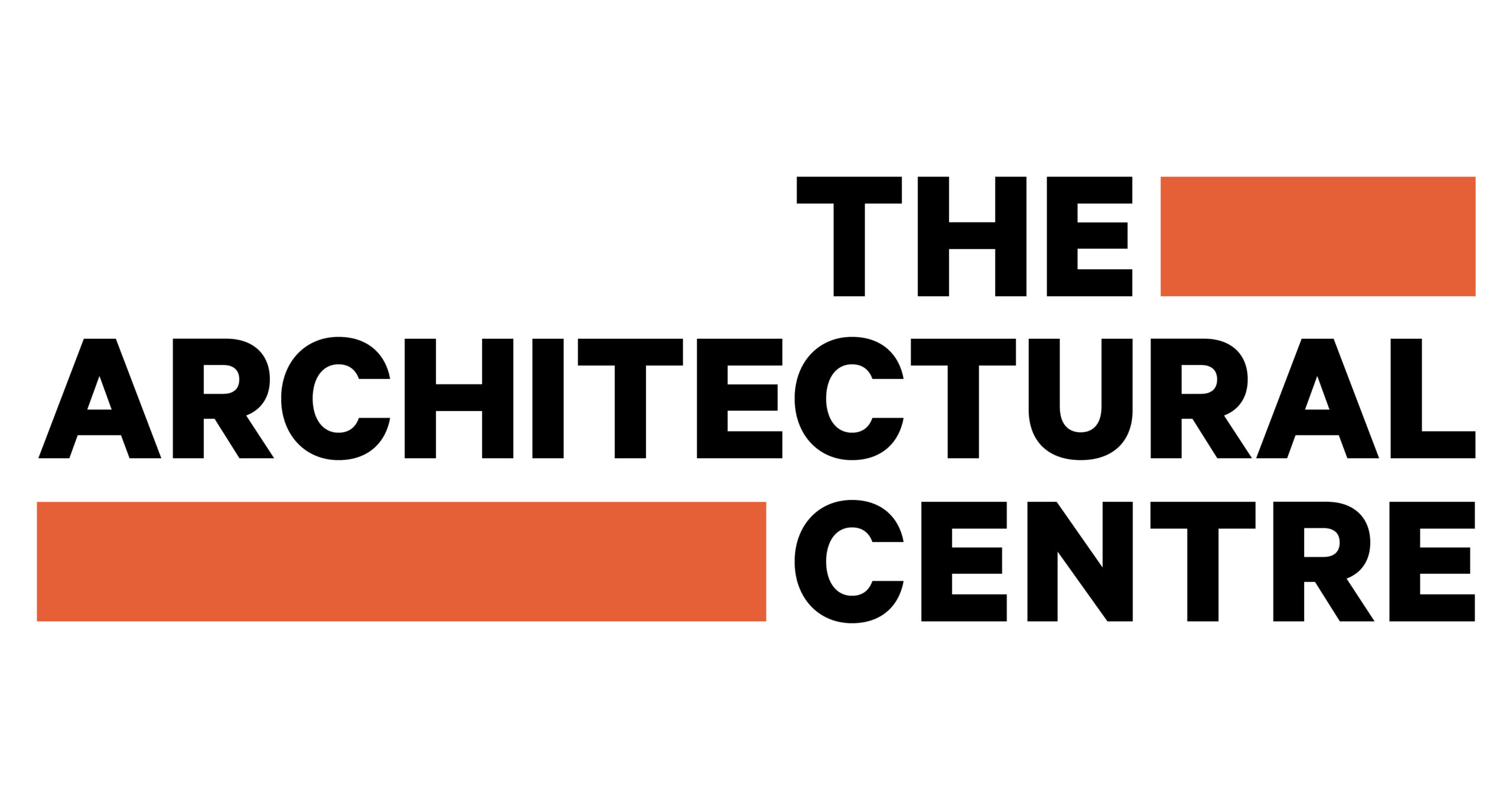


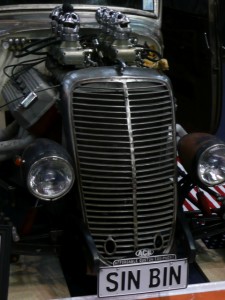
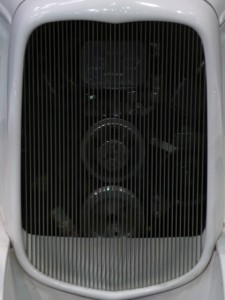
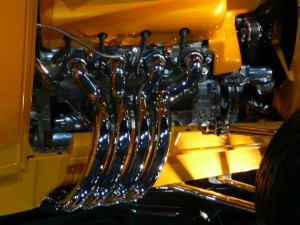


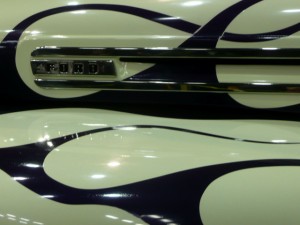
Leave a Reply